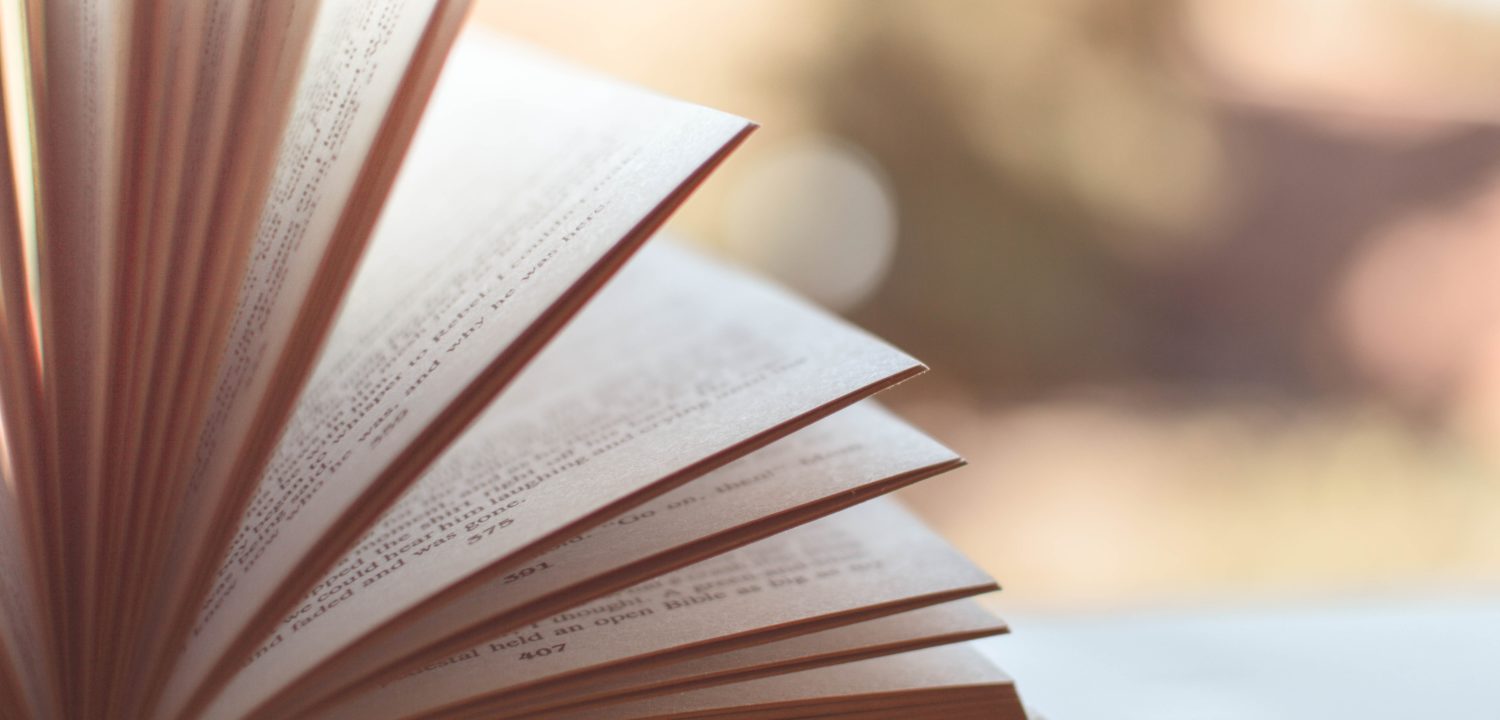I received a free copy of the book from the publisher in exchange for an honest review. This does not affect the contents of my review and all opinions are my own.
Imagine the earth in 1000 AD and what it must have been like when the Inuit first encounter the Vikings. Two clashing cultures with different gods fighting to survive in the hostile environment of the frozen tundra.
Above all else, Jordanna Max Brodsky is a master storyteller. I was immediately transported to this time and place in history within the first pages of her book and the amount of research she’s done to honour the Inuit past is eminent. Brodsky weaved an atmospheric tale with magic, culture, heart, and grit and I’m in awe of it. Her worldbuilding was incredible and I felt, heard, and saw life and death in the arctic.
There are few sounds at night on the frozen sea besides the roar of the wind. No plants to rustle, no waves to crash upon the shore, no birds to caw. The white owl flies on hushed wings. The white fox walks with silent tread. Even Inuit move as softly as spirits, the snow too hard to yield and crunch beneath our boots. We hear little, but what we do hear is vital: the exploding breath of a surfacing seal, the shift and crack of drifting ice. But in the forest there is always sound. The trees, even in their shrouds of snow, are alive, and their voices—groans, creaks, screams—never cease.
This story begins with Omat, a young angakkuq (shaman) born with the spirit of her father. Omat is raised as a man to follow her grandfather’s footsteps in working with the spirits of the land, sea, and sky to guide and protect her people. As an Inuk with a man’s soul and a woman’s body, Omat deals with her own struggles of gender, sexuality, and identity. She’s neither fully man or fully woman and must learn to navigate her world as the ‘third gender’ of the Inuit. I absolutely loved reading about this part of Omat’s journey and see her not only deal with her own doubts/questions, but also fight through traditional male and female roles among her family and strangers unaware of her peoples’ customs.
I am no longer scared of being a woman — it doesn’t make me any less a man. I am both. I am neither. I am only myself.
When Omat meets Brandr, a Viking warrior, chaos breaks out. With him comes a group of Vikings eager to conquer and battle for glory. While Brandr comes from a society that finds joy in war and destruction, he wants to get away from it. As fate would have it, Omat and Brandr must work together despite their differences and I enjoyed seeing the changes each of their characters brought to the other.
All of us had been loosely stitched together from mismatched parts. An Inuk with a man’s spirit and a woman’s body. Three animals caught between dog and wolf. A stranger with a giant’s frame and a man’s heart. Yet somehow, we were becoming a seamless whole.
One of my favourite things about this book was how rich it was in Inuit and Norse mythology. There were Inuit spirits like Malina (Sun), Taqqiq (Moon), Singarti (Wolf), and Uqsuralik (Bear) and there were Norse gods like Odin, Thor, and Loki. I never thought I’d see all of them in one story and it did not disappoint!
The Wolf in the Whale is a beautiful yet melancholic book. Its magic comes with events that are painful to read and hard to swallow. There is rape, physical violence (human, animal), death and gore. But with it also comes hope, family, and friendship. It’s not a story to be rushed (it personally took me a while to read), but the journey is worth it. The Wolf in the Whale is one of the best standalone fantasy novels I’ve read in some time. Steeped in mythology, history, and heart, it’s bound to captivate many readers to come.








